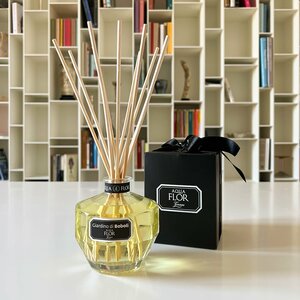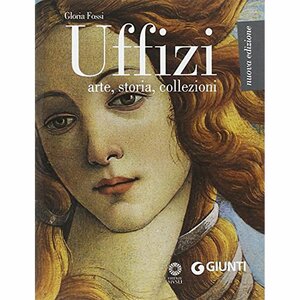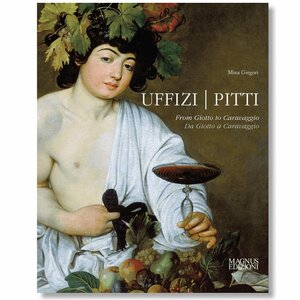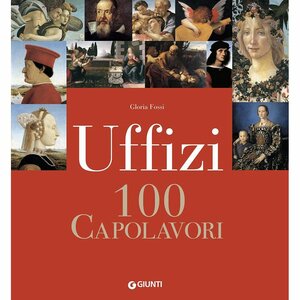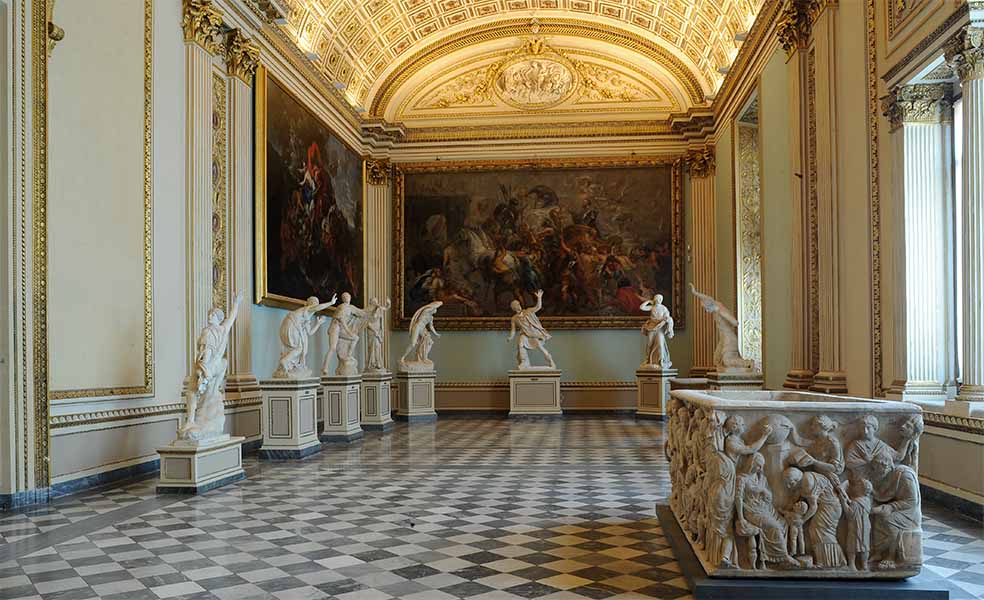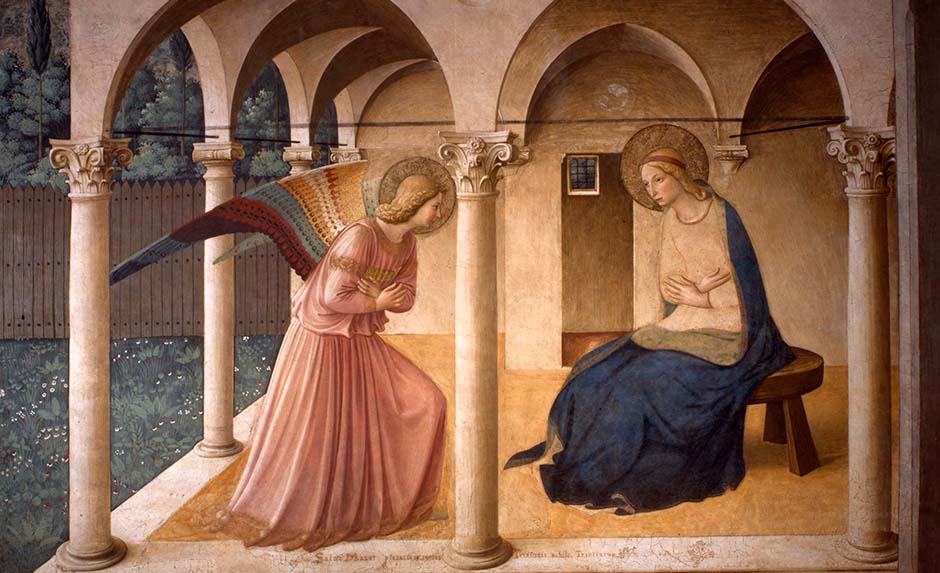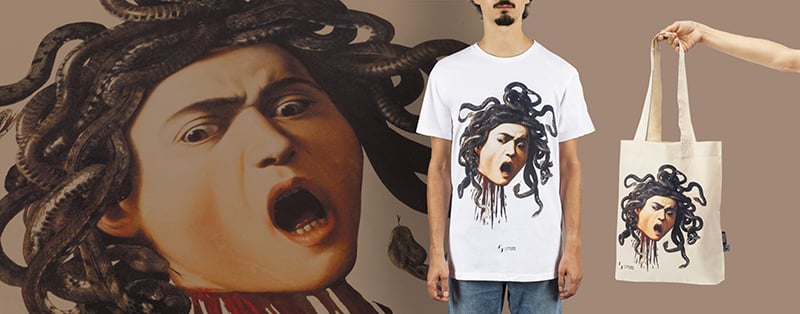Home / Experience / Leonardo Da Vinci
Leonardo Da Vinci
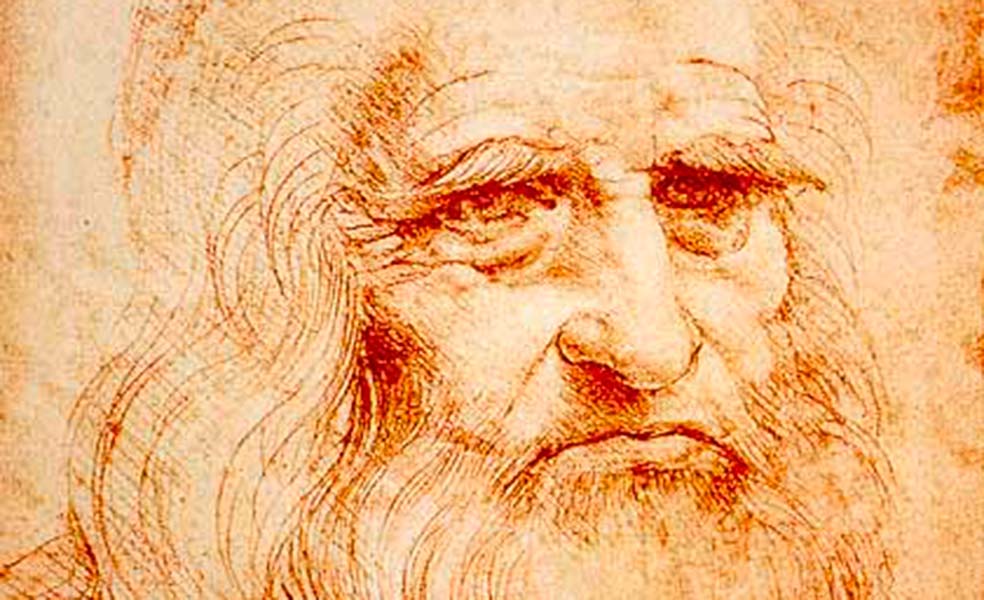
Painter, scientist, engineer, botanist, and anatomist – Leonardo Da Vinci continues to fascinate the world with his many talents. His innate curiosity and extraordinary intellect made him the ultimate symbol of the Renaissance genius.
A beloved illegitimate son: early childhood and education
Leonardo was born in Anchiano, near Vinci (in the province of Florence), on the night of 15 April 1452. His early years were not easy. His mother, Caterina di Meo Lippi, was of very humble origins and only sixteen when she gave birth to him out of wedlock. Marriage was not possible, as Leonardo’s father, Piero da Vinci, was already promised to another woman, Albiera di Giovanni Amadori. Caterina therefore married a local potter, Antonino di Piero Buti, leaving little Leonardo in the care of his father and stepmother. Fortunately, despite his illegitimate status, he received affection and a loving upbringing.
In the early 1460s, the family moved to Florence following Piero’s work as a notary. Soon after, however, a tragedy deeply marked their life: Albiera died at just twenty-eight. A loss that, fortunately for us, did not hinder the young Leonardo’s talent. Ser Piero had noticed his son’s passion for filling notebooks with sketches and notes – an early sign of his inclination towards study and drawing. Determined to nurture his talent, he sent Leonardo to the workshop of Andrea del Verrocchio, a renowned artist favoured by the Medici family, for whom he also kept the accounts.
Leonardo quickly began contributing to his master’s works, and his hand can already be recognised in paintings such as Tobiolo e l’angelo, completed by Verrocchio around 1475 and now in London’s National Gallery. Most notably, he collaborated on the Battesimo di Cristo, a masterpiece completed between 1475–1478 and now housed in the Galleria degli Uffizi in Florence. Although the work is primarily Verrocchio’s, the small blond angel on the left is attributed to the young Leonardo.
Legend has it that the master, upon seeing his pupil’s marvellous work, realised he had been surpassed and decided to give up painting altogether to devote himself solely to his bronze sculptures and goldsmithing.
An early and promising start
While training under Verrocchio, Leonardo began laying the foundations for his career as an independent artist. His father, Piero, was a well-established notary who frequently worked for the Medici court. Through his network of contacts, Leonardo received his earliest documented commissions.
The Annunciazione
At just twenty, in 1472, Leonardo painted the splendid Annunciazione now housed in the Uffizi. The work already reveals his tireless pursuit of compositional harmony and his growing interest in optics. The setting is that of a typical Renaissance garden, neat and carefully ordered, but it is above all in the way the background is rendered that we can already perceive the distinctive interest in landscape that would accompany his entire artistic production.
The identity of the patron and the work’s original setting are unknown. However, some elements of the composition suggest that it may have been designed to be seen from a raised and slightly lateral viewpoint. This would explain Mary’s apparently elongated arm, which is not an inaccuracy but the result of an optical experiment: when viewed from below and slightly to the side, it appears correct and perfectly proportioned.
The Adorazione dei Magi
Leonardo was nearly thirty years old when the monks of San Donato a Scopeto commissioned him to paint the Adorazione dei Magi (c. 1482), now also housed in the Galleria degli Uffizi. In the contract signed in 1481, the clerics specifically required that the artist deliver the work within two years, without extension. Yet, as we know, the panel was left unfinished. From what remains, it is clear that the artist was giving the work a distinctly classicising character, perhaps influenced by the time he spent in the Giardini di San Marco, where the Medici kept a large collection of ancient marble sculptures. There are also clear influences from artists closer to him: the complex perspective structure of the overlapping planes is directly inspired by Donatello’s reliefs, whose technique Leonardo examined at close hand.
Beyond painting: his many passions and departure for Milan
By this time, Leonardo was already an established artist, with celebrated works such as the Ritratto di Ginevra de’ Benci (1474–1478, Washington, National Gallery of Art) and the Madonna Benois (1478–1482, St Petersburg, Hermitage Museum). Yet his fame had already begun to change: no longer admired solely as an excellent painter, he was now valued for his countless interests and investigations across a wide range of fields. Among the firsts to recognise and value this broader genius was Lorenzo de’ Medici, who encouraged Leonardo’s studies in military and engineering design and recommended him to the court of the Sforza in Milan.
Courtly refinement at the Sforza court: Leonardo between art, spectacle, and military studies
In 1482, Leonardo travelled to Milan. Thanks to Lorenzo’s recommendation, he gained access to the Sforza court, where he was able to present his research into military engineering to Duke Gian Galeazzo Maria Sforza and his regent, Ludovico il Moro. The move may also have had political motivations. The Magnifico, with his characteristic foresight, often “lent” Florentine artists and intellectuals to other Italian courts, weaving a cultural network whose ambitious aim was to establish Florence as the intellectual and artistic capital of the peninsula.
In Milan, Leonardo continued his artistic work, and many of his most celebrated masterpieces were created there. It was here that he was commissioned to paint an altarpiece for the Confraternita dell’Immacolata Concezione, today known as the Vergine delle Rocce (1483–1486), now housed in the Louvre in Paris. This remarkable work depicts Mary presiding over the first meeting between the infant Jesus and the infant John the Baptist. The setting is almost architectural, with vast and improbable rock formations rising into arches and spires in the background. The biblical encounter takes place on the edge of a small pool of water, within a fantastical landscape in which the artist reveals his passion for botany through the meticulous rendering of the flowering meadow and the aquatic plants.
Leonardo’s curious nature and sharp intellect soon brought him into contact with the intellectual circles of the Milanese court, where he had ample opportunity to distinguish himself. His sociable personality, his broad range of knowledge, and even his musical talent — he played a peculiar silver lyre that he had built himself — all contributed to his growing reputation. Meanwhile, he continued his studies in hydraulics and in both civil and military engineering, to the extent that the duke involved him in the expansion of the Navigli canal system and the development of the new districts that were to grow around it. At court, he soon became renowned for his machines, and Ludovico il Moro entrusted him with organising the wedding celebrations of Gian Galeazzo and Isabella of Aragon. For this grand occasion, Leonardo devised and constructed entire stage sets driven by sophisticated mechanical systems, capable of movement and of producing luminous effects that played upon the spectators.
The Ultima Cena
Leonardo remained in Milan for nearly twenty years, until 1499, when he was forced to leave due to the arrival of the French troops who sought to take the city. The culmination of this period is undoubtedly the Cenacolo, known as the Ultima Cena (1494–1498), the iconic mural that adorns one of the walls of the refectory of Santa Maria delle Grazie. Leonardo completed the work shortly before leaving the city. The artist did not favour the fresco technique, which is fundamentally different from painting on canvas or panel. To paint a fresco, the artist must work quickly: there is no room for revisions or changes of direction. The colours must be applied before the plaster dries completely, or they could be lost. Leonardo, however, disliked working in haste; his works were usually developed in multiple stages, rethought and reworked over time until he reached the desired effect. Determined, he decided to treat the wall as if it were a panel, using the same mixtures of pigments and the white underlayer typical of his “movable” works. Although, when completed, the mural appeared magnificent and richly coloured, the technique he employed — combined with the high humidity of the refectory — prevented its proper preservation, and today the painting is irreversibly compromised.
Engineer and artist: between the wars of the Borgia and the Florentine Republic
Having fled Milan, Leonardo began to move from place to place across Italy. He eventually entered the service of Cesare Borgia, son of Pope Alexander VI and a fierce warmonger engaged in the conquest of Romagna on his father’s behalf. Known as il Valentino, Cesare employed Leonardo primarily as a military engineer. For him, the artist developed a new formula for gunpowder and produced designs for fortifications and harbour defences in the region.
In 1503, he finally returned to Tuscany. In Florence, he undertook an ambitious mural celebrating the Battle of Anghiari in the Salone dei Cinquecento in Palazzo Vecchio, while Michelangelo was simultaneously commissioned to work on the opposite wall. Unfortunately, apart from the preparatory drawings, Leonardo never completed the painting, and today we can only imagine what the finished work might have looked like.
During these same years, Leonardo embarked on another major undertaking, this time in hydraulic engineering, for the Florentine Republic: the diversion of the River Arno. The aim was to create a waterway linking Florence, Prato and Pistoia directly to the sea, thus avoiding dependence on Pisa for maritime trade. In the early sixteenth century, a fierce war had broken out between Florence and Pisa, and Leonardo hoped that his project would economically weaken the rival city. To this end, he designed powerful excavation machines and drew up highly ambitious hydraulic plans. Work began in 1504, but the project was never completed.
The Gioconda
In that same year, however, he began another undertaking, apparently more modest than the previous ones, yet one that still moves those who gaze upon it today: the Gioconda. Leonardo completed this small portrait, in its first version, around 1506. The subject of the painting is generally believed to be Lisa Gherardini, the wife of Francesco del Giocondo, a wealthy Florentine merchant. It is no coincidence that the work is also known as Monna Lisa: the term monna is a contraction of Madonna, which at the time meant “lady” and was a common form of address for women of high social standing in Florence.
The artist, however, never delivered the painting to its sitter. The Gioconda remained with him throughout his life and underwent numerous reworkings before it eventually passed into the possession of the French king Francis I, in whose court Leonardo spent his final years. Thanks to X-ray analysis, we now know that beneath the visible surface of the painting there are at least three earlier versions, evidence of the master’s perfectionism and his constant pursuit of innovation. The enigmatic portrait of the lady with the hypnotic gaze and the elusive smile is today housed in the Louvre in Paris.
The legacy of a revolutionary genius
Although he left us only a small number of works, Leonardo was without doubt an extraordinary artist. His figures are characterised by great softness and delicacy, with gentle, blurred contours. With him, chiaroscuro is no longer simply a technique used to give bodies their solid and tangible reality, but becomes a means of creating areas of shadow and subtle luminous reflections, giving the paintings a vaporous and ethereal quality. The landscapes in his works also reveal his innovative spirit: while they were generally considered of little importance by Italian artists of the time, Leonardo’s landscapes reflect a careful study of Flemish models, combined with his own personal perspective method known as de’ perdimenti.
A keen observer of nature, Leonardo had grasped the optical principle behind the loss of clarity that large distant objects undergo, as when mountains appear hazy on the horizon. Air, though invisible at close range, accumulates over great distances and interferes with vision. Aware of this phenomenon, he was able to reproduce the effect in his paintings, using a subtle bluish tint to suggest depth and distance.
Another defining aspect of Leonardo da Vinci is the vast body of manuscripts he left behind. As we previously mentioned, from a young age, he had the habit of observing the world and recording his thoughts, filling entire volumes with reflections and inventions. Among these are his well-known treatises on military, civil and hydraulic engineering, his research in botany and geology, and the iconic designs for his machines. Perhaps, however, the most fascinating of his writings are those concerning the flight of birds and the possibility that human beings might one day be able to take to the air themselves. Taken together, these documents paint the portrait of a complex and multifaceted individual, admired by his contemporaries not only for his intelligence but also for his natural warmth and charm.
Leonardo died in Amboise, in France, in 1519, at the age of 67, having lived a life rich in extraordinary achievements.
Cover photo: Self-portrait, circa 1515, Royal Library, Turin
1452, Vinci – 1519, Amboise
Painting, science, engineering, botany, anatomy
Related products
Related museums
From €8,00
The Museo di San Marco began as a monastery of the Dominican friars around 1437 when Cosimo de’ Medici commissioned the architect Michelozzo to renovate the old complex building. The present building is a masterpiece of Renaissance art and houses a rich collection of works, in particular by Beato Angelico, who lived and worked here for most of his life.
Average visit time:
1 hour


